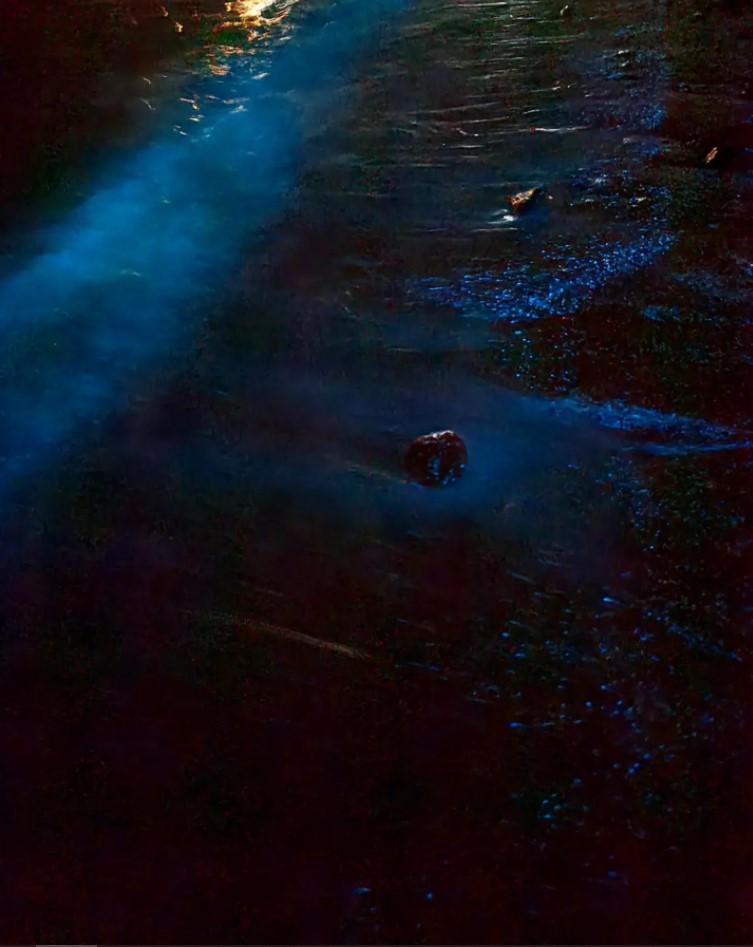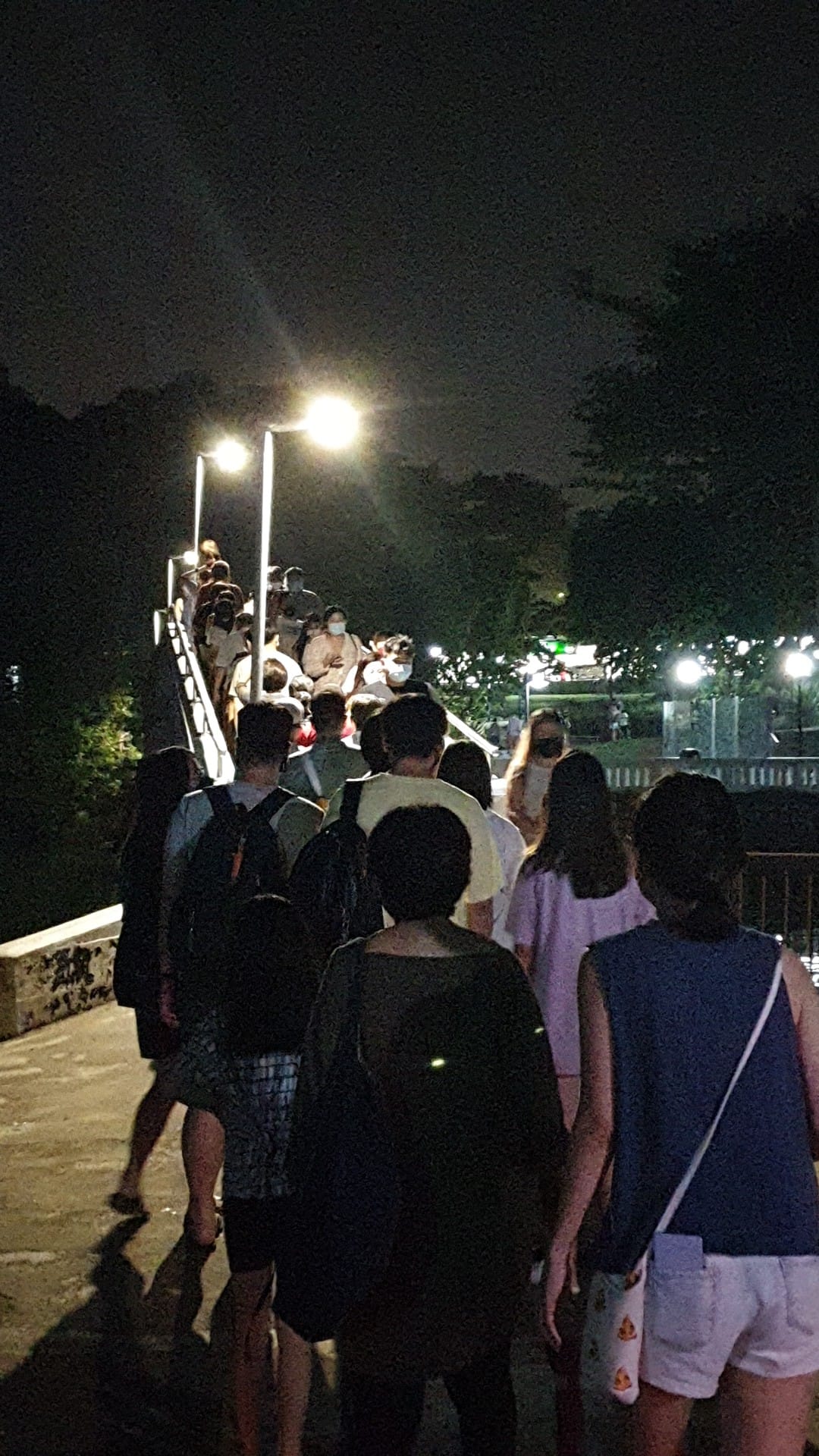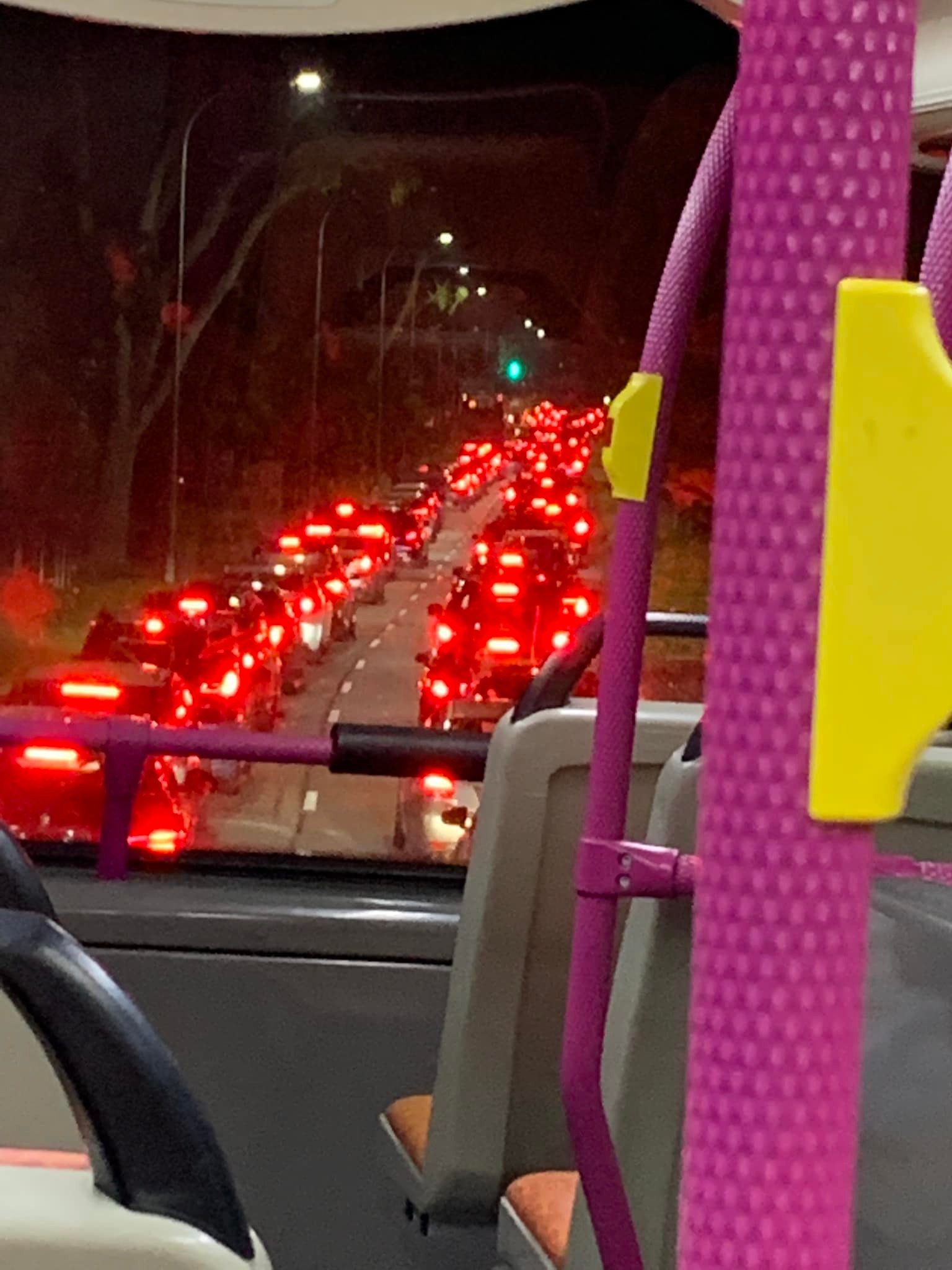Nature can be an absolute marvel.
Like how before the entire obvious evolution of homo sapiens to man, our genetics trace back to an ancient fish called Tiktaalik that lived 375 million years ago.
Wonder why our windpipes and throats are connected even though it seems counter-intuitive, and gives rise to the possibility of us choking? That’s because we have fish genes.
And recently, a wondrous phenomenon occurred at the coasts of Changi Beach.
Almost like magic, the waves glowed blue as they lapped upon the sandy shores of our small island.

Bioluminescence from Algae Blooms of Planktons
A short crash course into marine biology before we move on.
Some marine creatures like fish, squid, tiny crustaceans and algae have the ability to glow due to a natural chemical process called bioluminescence.
It’s typically used to confuse predators, attract prey, or even lure potential mates.

Well, it turns out that tons of algae blooms of planktons drifted onto the shores of Changi Beach after the monsoon season recently.
The phytoplankton that’s causing the bioluminescence is called Dinoflagellates, which produces an enzyme called luciferase, and it reacts with oxygen to produce light.
Under the right conditions, where the sea is calm and warm, and its night-time, the algae carried by the waves will crash upon the sand, where there is more oxygen available, which allows the sea to “glow” ever so briefly.
That is the sight that the Nature Society Singapore stumbled upon when they were filming a short film at Changi Beach on 22 March.
Changi Beach Packed to the Brim
Naturally, word of this phenomenon promulgated quickly.
In order to capture this rare sight, large crowds gathered at the Changi Beach to catch a glimpse of these magical bioluminescent waves.

According to the Mothership, there were more than a hundred people at the beach on 26 March, who continued to linger around until 1am.
It might not be 29 March yet, but it seems like COVID-19 restrictions were tossed outside of the window early.
After all, the last time this phenomenon was seen and recorded in Singapore was 2016.
However, it meant that both car and human traffic were particularly busy in the area this weekend, with queues to Changi beach stretching all across the bridge, and some others trapped in their cars for more than three hours, just to have minutes on the sandy terrain.


Please Do Not Step on the Algae Blooms
According to the experts, the bioluminescent blooms will last anywhere from one to two weeks.
Associate Professor Rebecca Case, a marine phytoplankton expert and principal investigator at the Singapore Centre for Environmental Life Sciences Engineering, suspects that the recent monsoon season brought about a long period of rain which caused these blooms.
She also has reason to believe that this phenomenon could become common in Singapore because of the high rainfall and warm weather, conditions which are perfect to trigger the bioluminescence.
But there’s clearly more to this unknown dinoflagellate species that have settled upon Singapore’s coast lines because the bioluminescent waves phenomena aren’t cyclical.
As beautiful as the sight is, there are a few reminders that need to be issued:
Please do not trample on the planktons.
They are very delicate (and very small), so they’re best witnessed from afar, undisturbed.
Next, it is everyone’s responsibility to keep the beach clean to ensure that the organisms have a conducive environment to survive and breed in.
Besides that, just enjoy the beautiful sight for what it is, however fleeting it is.
And take lots of pretty pictures in night mode!

Read Also:
- Person Who Didn’t Pay for Duck Explained His Action & Also Paid for His Meal
- Shanmugam Explains Why Officer Has to Fire at Knife-Wielding Man at Bendemeer
- Wake Up, Singapore POFMA-ed for KKH Saga Even When They’ve Clarified About the Incident
- 41 Display Panels in Woodlands HDB Vandalised With Some Even Dropping on the Ground
Featured Images: Explodingbelly & Facebook (Feli Feli)
Would you be jailed for being half-naked in public? Well, the answer will shock you. Seriously. Watch this to the end and you'll understand:




